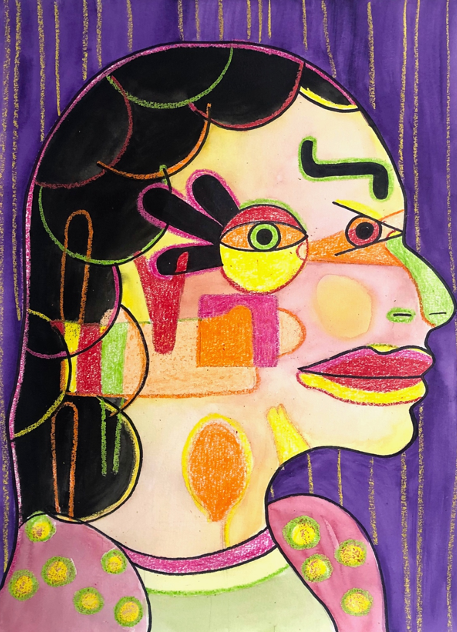Home Art Fun Series
EVAN HUTCHINSON
picasso inspired self portrait
Part of our series of DIY art activities for kids.THE BOOK
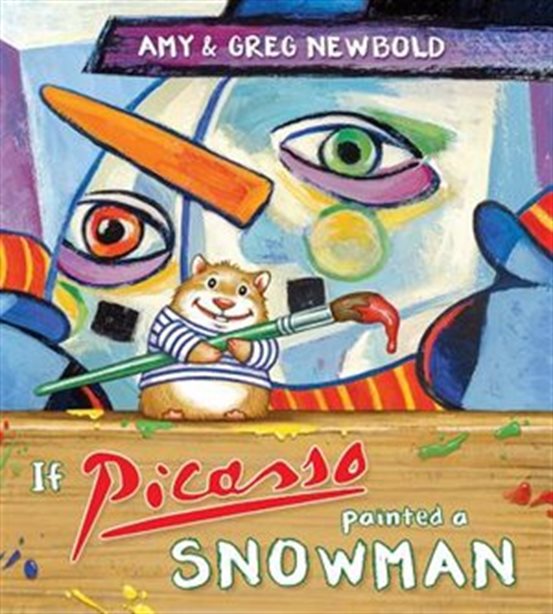
if picasso painted a snowman
By AMY & GREG NEWBOLDIf someone asked you to paint a snowman, you would probably start with three white circles stacked one upon another. Then you would add black dots for eyes, an orange triangle for a nose, and a black dotted smile. But if Picasso painted a snowman. From that simple premise flows this delightful, whimsical, educational picture book that shows how the artists imagination can summon magic from a prosaic subject.
SHOP LOCAL (SHIPPING AVAILABLE):
WATCH ON YOUTUBE
SHOP LOCAL (SHIPPING AVAILABLE):
INDIGO
A DIFFERENT BOOKLIST
WHAT YOU'LL NEED
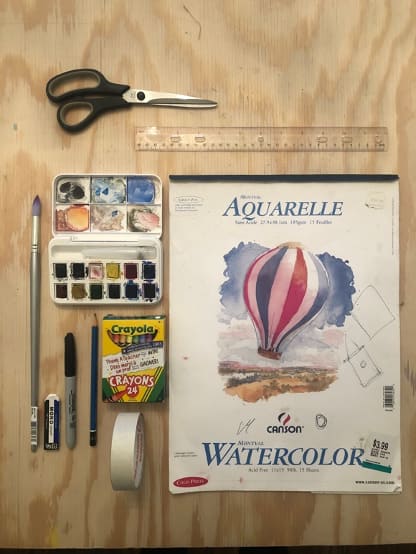
- Two sheets of watercolour paper (recommended size is 11x14” minimum)
- Water soluble paints
- Crayons or oil pastels
- Paint brush
- Pencil
- Eraser
- Black permanent marker
- Tape (masking tape is recommended)
- Optional: Scissors, ruler
WHAT to do
1. Let’s think about Piccaso and his Cubist style portraits. Picasso often used shapes to create facial features. Picasso also used unique colours in his portraits. 2. To begin, set up a chair against a wall and place a lamp in front of the chair. If you do not have a large lamp, use a flashlight!
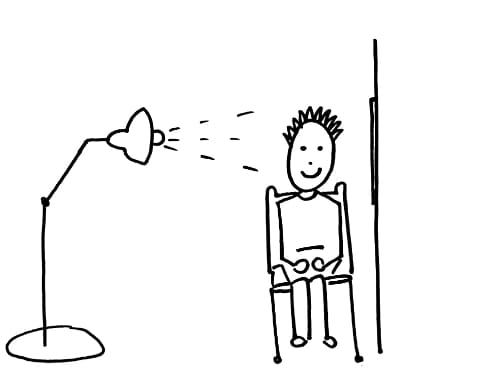
3. Take your sheet of paper and tape it on the wall so that when you sit down, the piece of paper is right next to your face. 4. Turn off the lights and shine the light. Have an adult help you stencil the outline of your silhouette onto the piece of paper.
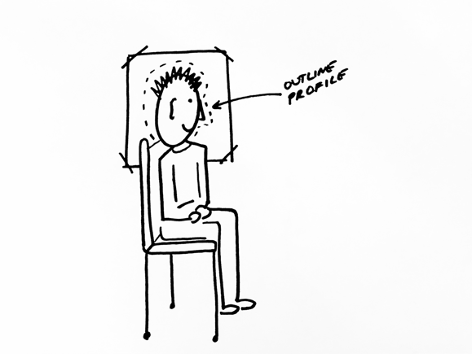
5. Carefully take your paper off of the wall and lay it flat down on your working surface. 6. Let’s have a little treasure hunt! Grab 4-8 objects in your house that have different shapes. Try to grab objects that can easily fit into the palm of your hand.
Objects may include:
- Fork
- Bottle
- Cup
- Marker
- Lego
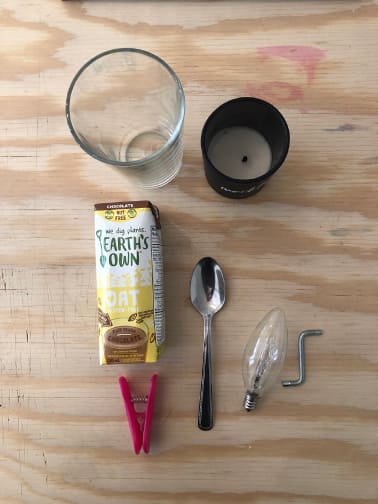
7. With a pencil, begin to stencil some of your shapes onto the outline of your face. These shapes can be placed completely randomly or you can think about the shapes that would work best with the face’s features.
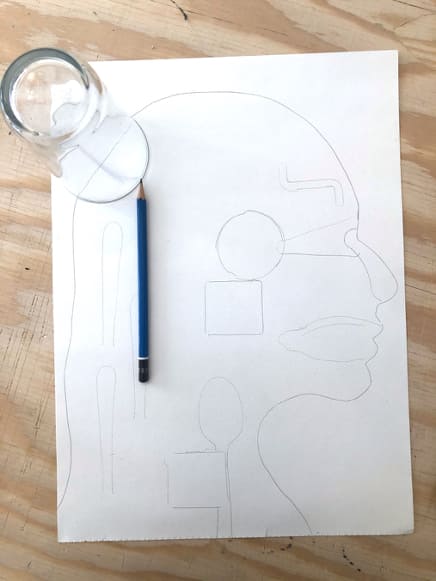
Make sure to pay attention to your features:
- Eyes
- Mouth
- Nose
- Eyebrows
- Hair
- Ear
8. With a permanent marker, outline the silhouette of your head as well as outline some or all of your shapes.
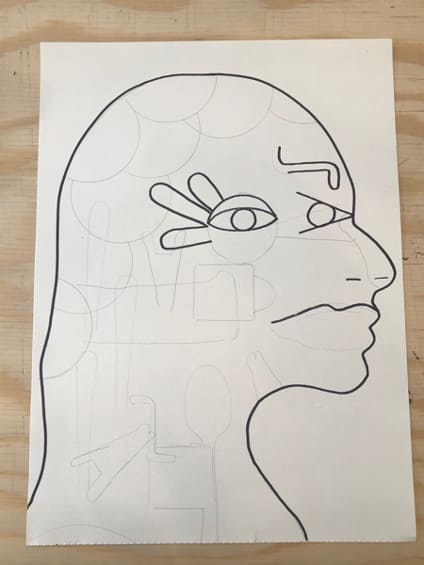
9. Include your outfit and draw it on the paper.
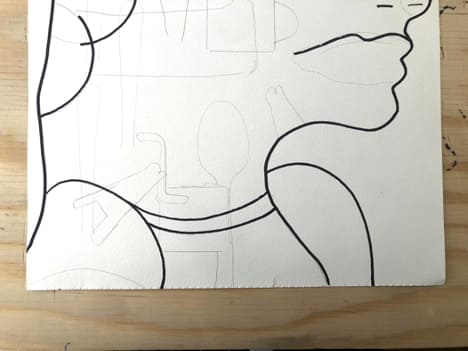
10. Grab your coloured crayons/oil pastels and begin to colour in the shapes you have drawn. 11. Keep colouring until you are happy with your colours and shapes!
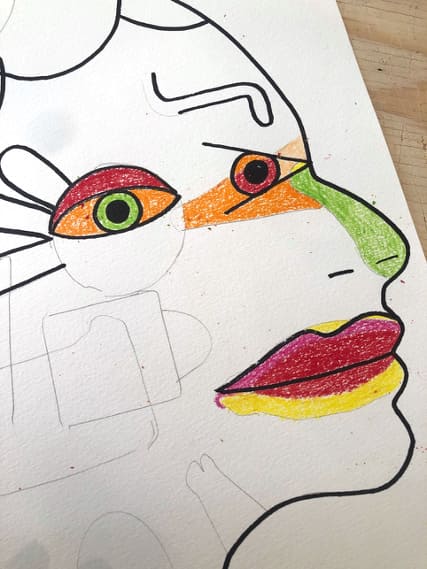
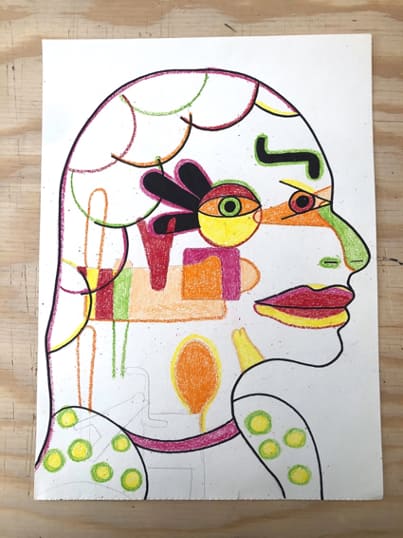
12. With an eraser, erase all of the pencil marks on your paper that may remain. 13. With your water-soluble paints, begin to paint on top of your colouring. Don’t worry, the paint won’t cover your colouring! Try it out and see!
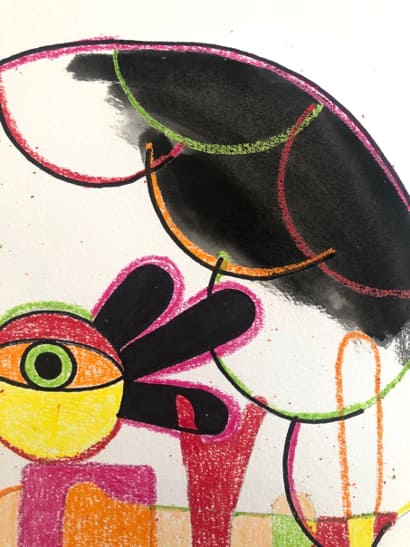
14. Keep painting until your portrait is completely painted over with your desired colours.

15. Let’s think about the background! With your coloured crayons/oil pastels, you can make a funky pattern. This can include: shapes, lines, swirls, zig zags, etc. Another option: Cut out your portrait and paste it onto a piece of coloured construction paper you may have at home.
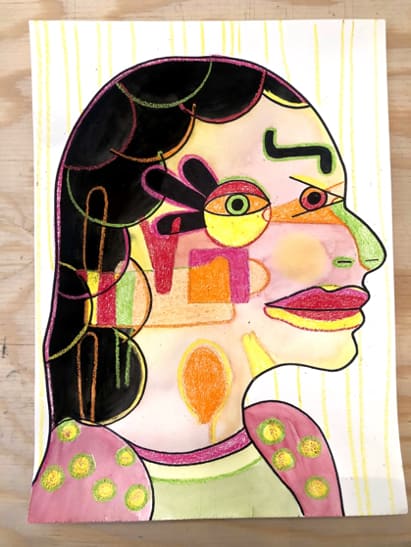
16. Optional: With your paints, paint over your background design. Be careful to not let the paint come onto your portrait! 17. Look at that! You now have your own inspired Picasso Portrait!
